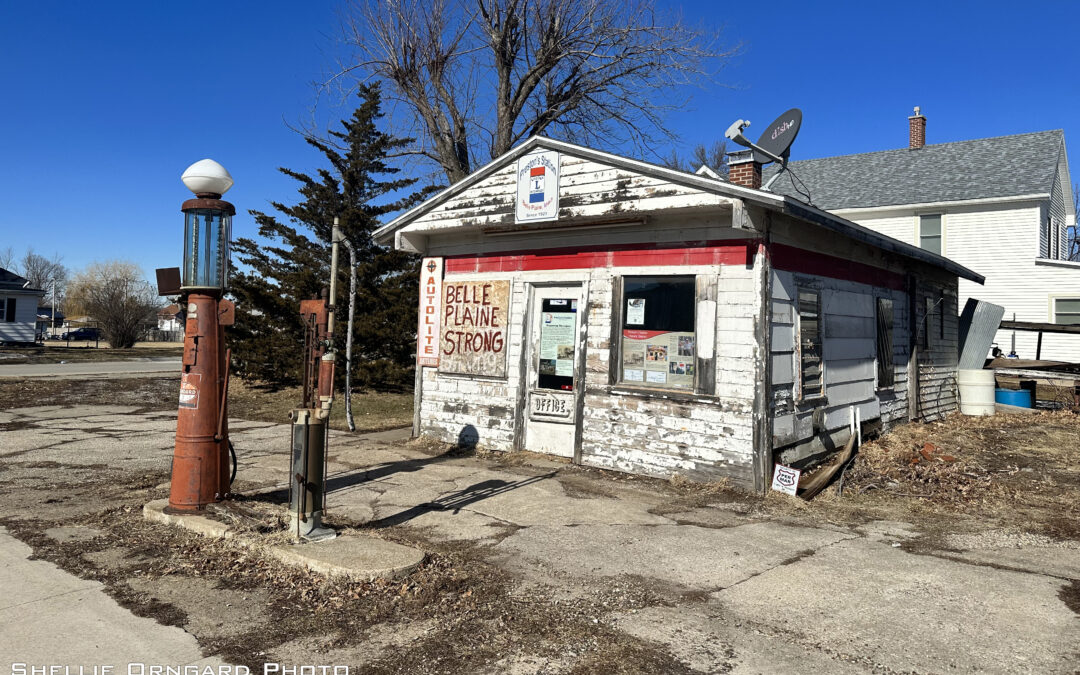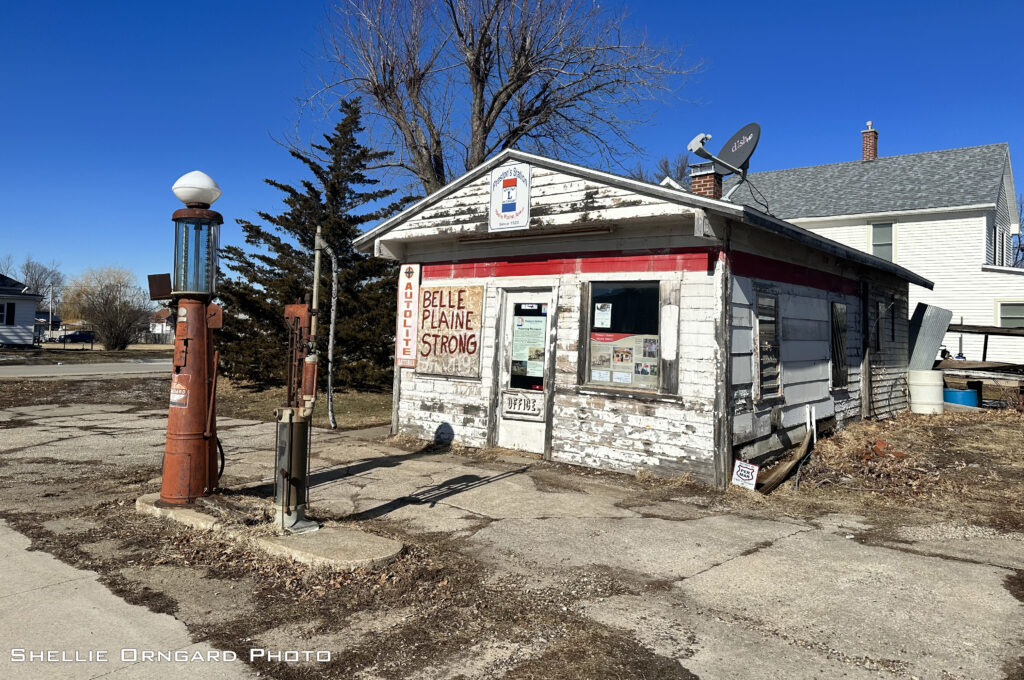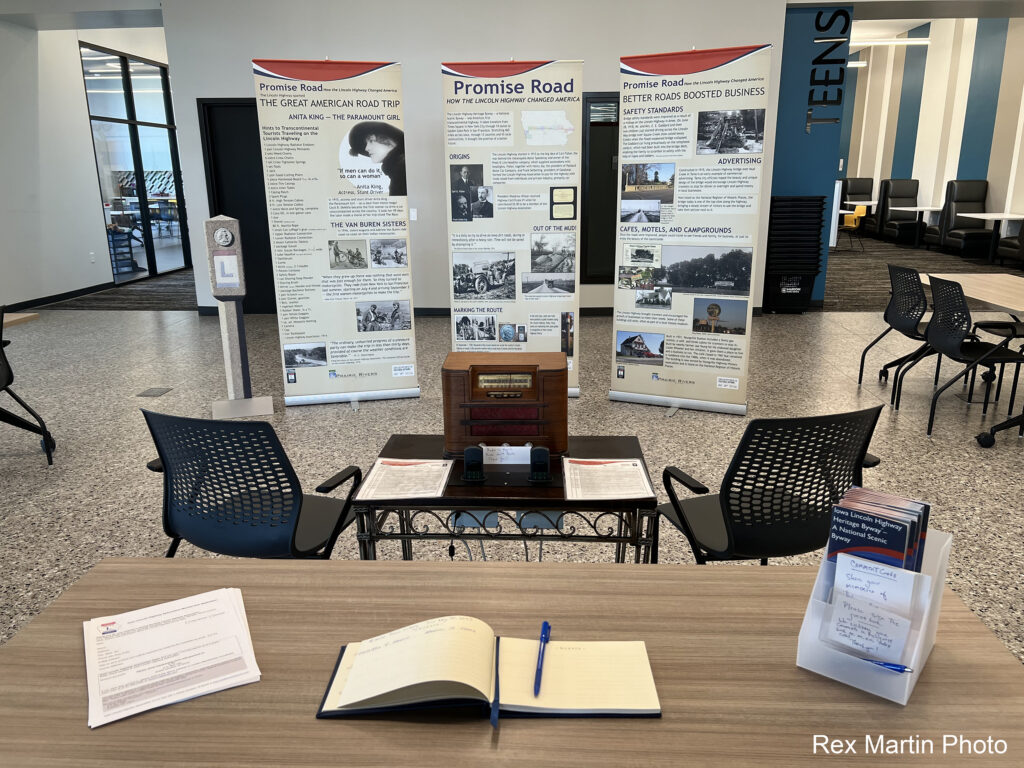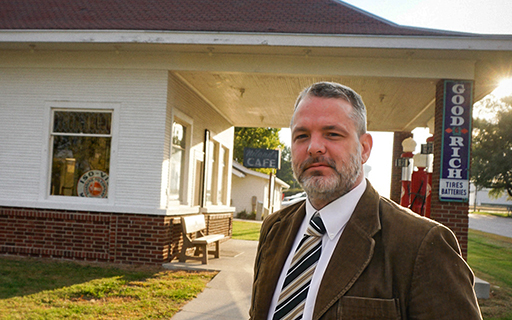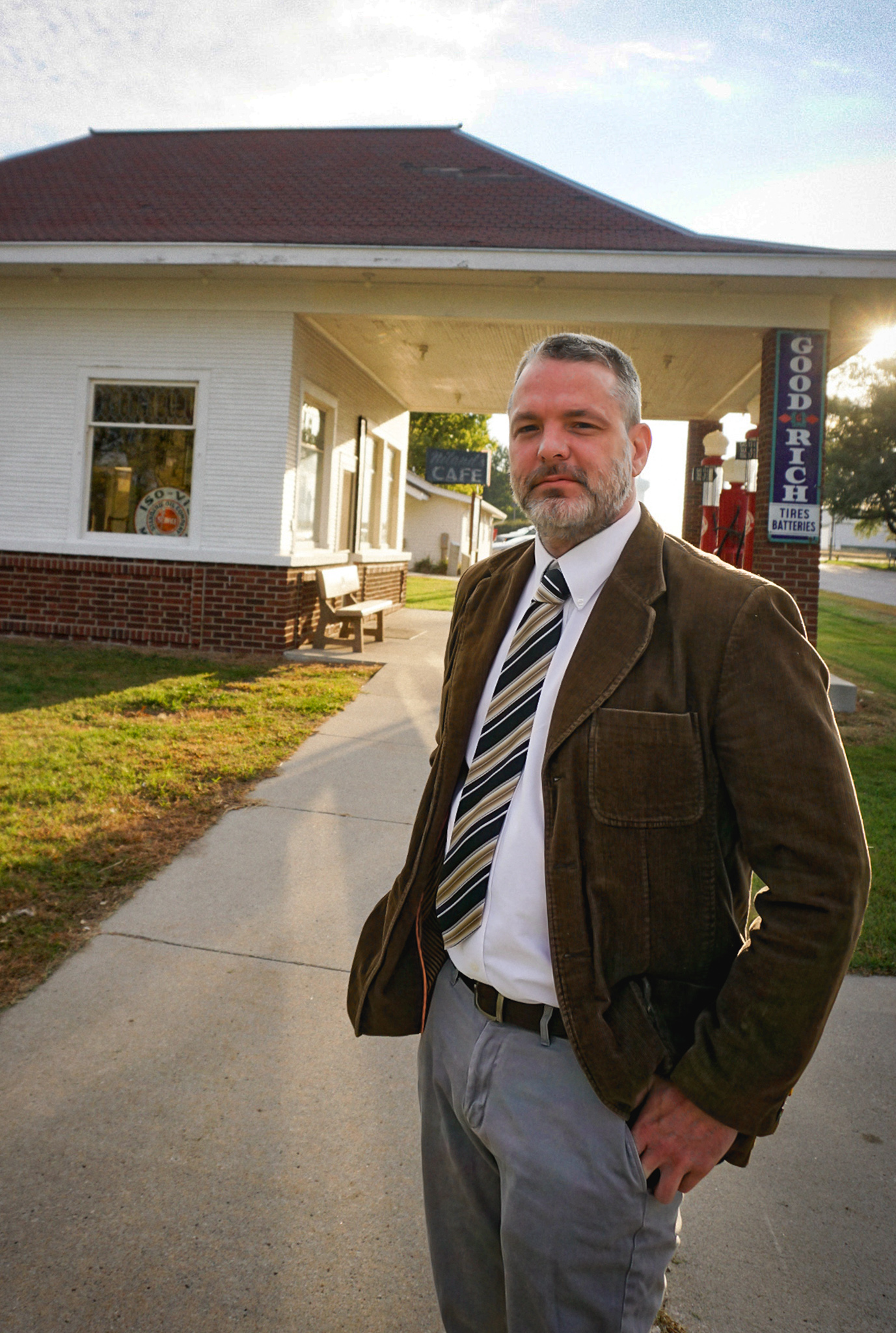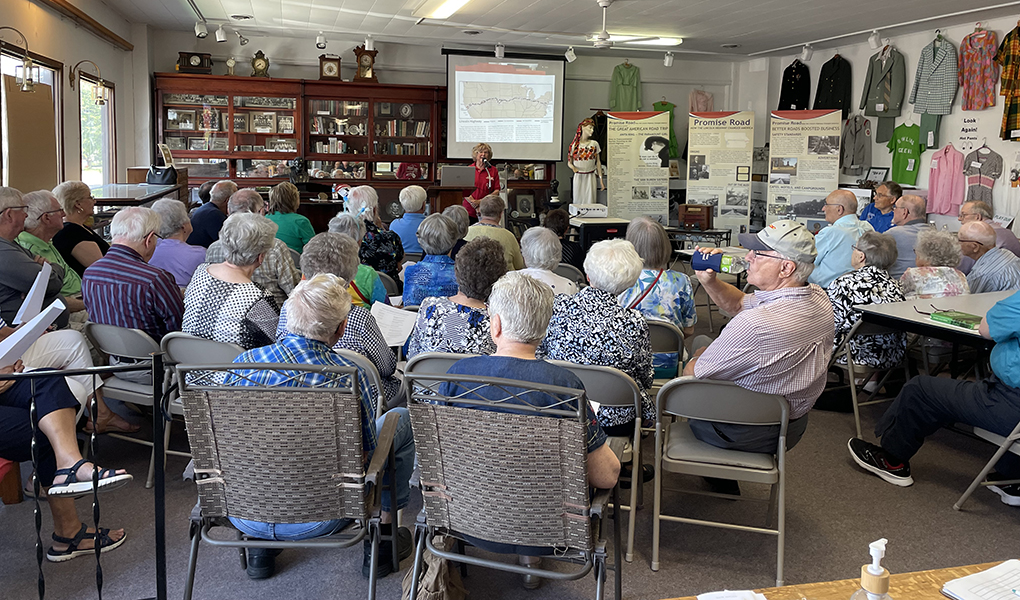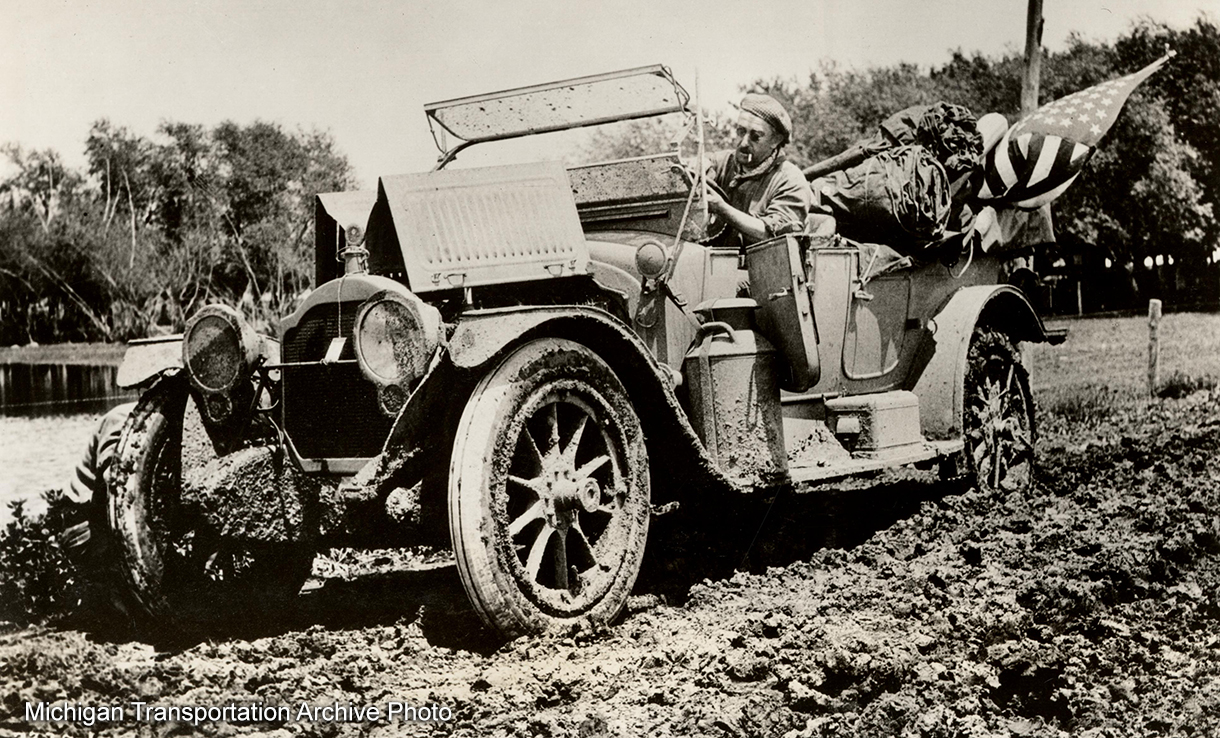
Lincoln Highway – A Poem by Amelia Kibbie
Hover then click the arrows to move from one verse to the next (best seen on desktop).
About the author :
Amelia Kibbie is an author, poet, and lifelong educator. Her debut novel Legendary was published in 2019 by Running Wild Press. Amelia’s short stories have appeared in several anthologies, including the pro-human sci-fi collection Humans Wanted, We Cryptids, Enter the Rebirth, and My American Nightmare: Women in Horror. The literary journals Saw Palm, Quantum Fairy Tales, Wizards in Space, and Intellectual Refuge have featured her work. Her next project is to renovate the turn-of-the-century church she just purchased into a home with the help of her husband, daughter, and four cats. She served on the Lisbon Historic Preservation Commission and as Mt. Vernon/Lisbon Poet Laureate in 2020. Her most recent publication is a book of poems paired with and inspired by the photography of Robert Campagna, a local photographer who was once her teacher. Final Elegance is available by special order — email ameliamk1983@gmail.com for details or visit ameliakibbie.com.








